Introduction
According to Nielsen Media Research, there are about 500,000 listed brands worldwide. With multiple consumer options, your business needs a unique identity that stands out. A successful brand increases recognition, develops trust, and fosters a community of loyal customers.
But how? Your first step is to implement creative branding ideas. Let's explore what it entails for businesses to craft and establish a unique brand your customers will love and remember through branding ideas that work.
What is Creative Branding?
Creative branding is an approach that focuses on out-of-the-box ideas to entice customers. It includes innovative and dynamic branding strategies and technology highlighting features and benefits that set you apart from competitors.
Benefits of Implementing Creative Branding Ideas
Being creative in branding has benefits, such as differentiated branding, building awareness, encouraging raging engagement, and creating a community of loyal customers.
Differentiation from Competitors
Customer attention is scarce in today's competitive marketplace. With creative branding, you can generate attention by doing something disruptive and unconventional. For instance, you can start by looking different through packaging, logo design, and other visual elements. You can also tailor products and services with distinguishable features that solve unique problems.
A thoughtful way to strengthen this differentiation is to collaborate with a branding and creative agency that can translate those distinctive qualities into a cohesive visual system aligned with your long-term brand identity.
Customers can easily spot what makes your brand more relevant than others by making your brand stand out. It also builds the foundation for curiosity, trust, and emotional connection.
Increased Customer Engagement
Creative branding piques curiosity and encourages potential customers to engage with you.
Take UGC, or user-generated content, where your brand's fans post content of themselves using your products and services. This makes customers feel appreciated and heard. Another way to increase customer engagement is through interactive tools like virtual reality and other digital technologies.
Strong Brand Loyalty
Implementing creative branding makes your brand popular and helps build a reputation.
For example, customizing initiatives that resonate and engage customers, like interactive ads and educational videos, make customers feel valued. It further nurtures the emotional connection you establish until they become loyal. Creative branding can lead to a cult-like following like those of Apple, Lululemon, Nike, and Vans.
Top Creative Branding Ideas for Businesses Plus Examples
Whether optimizing your reach or improving your overall branding, we've gathered simple yet creative branding ideas you can implement to reach your goals.
1. Unique Logo Design
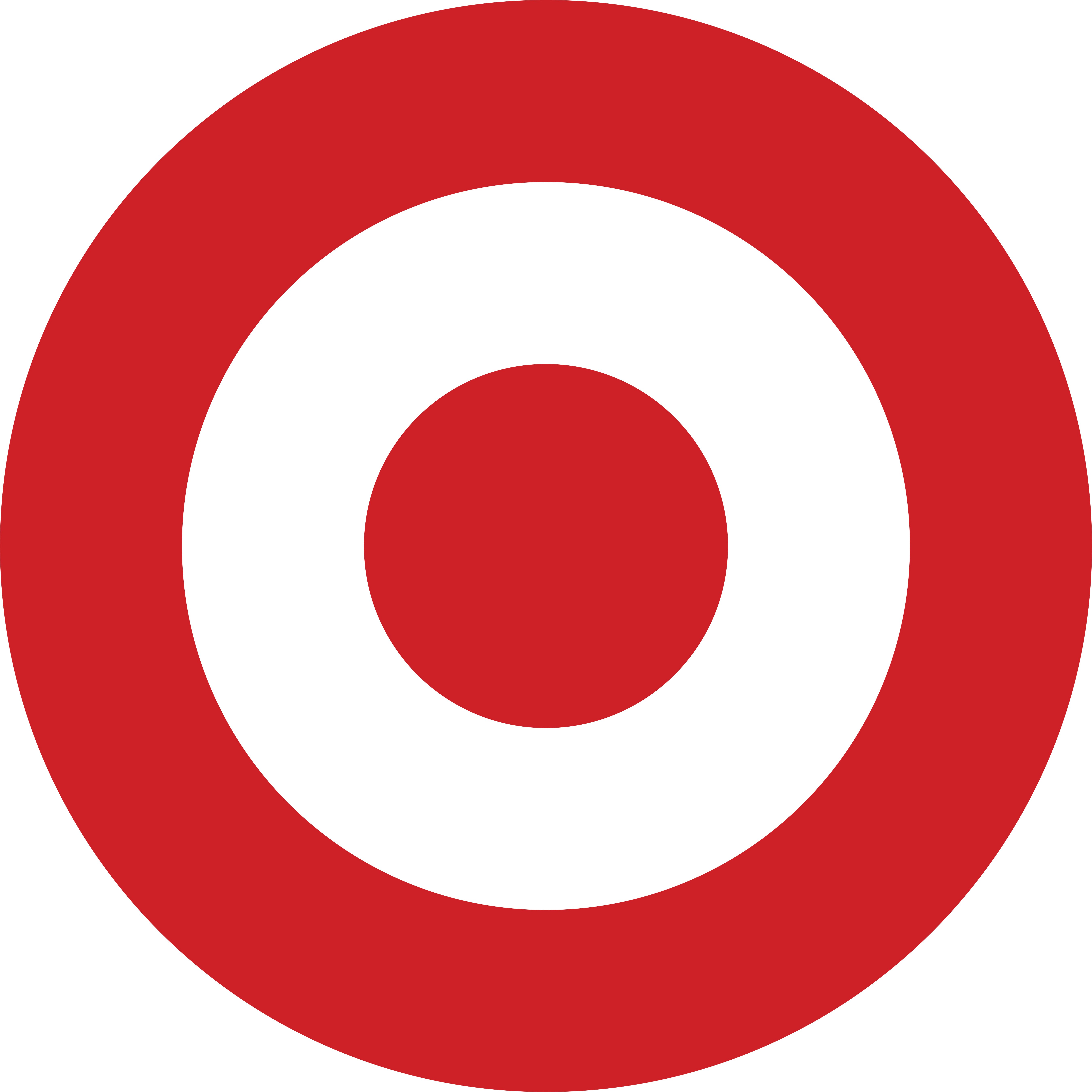
Grocery store logo via Target

Search engine company logo via Google
Establishing a brand takes a concerted effort over the long term. One strategy companies implement is creating a unique logo design.
But what makes a logo unique?
A unique logo isn't just about having outlandish or trendy features. It combines visual elements that are appealing, original, and representative of your brand identity. It tells a story that captures attention, making it memorable and distinguishable.
However, creating a unique logo is a long process that can vary from brand to brand. That's why it's essential to have a deep and clear understanding of your customers and how they see you. Take the time to identify your brand personality and determine how best to represent it visually.
It is also important to note that a logo is not static. It changes over time. That said, design a relevant, on-trend logo that reflects your brand. Gather feedback from your target demographic and internal team and use this information to influence your design process.
As a result, you can create an on-trend brand logo that accurately depicts your brand and story and is memorable.
2. Storytelling Through Branding
Storytelling in branding is injecting a narrative to emotionally connect and communicate your brand values with your target audience. It is a personal approach that bridges your brand's core message to your customers.
Prime examples of brand storytelling include sharing your brand's origin story, how you got started, and introducing the team behind the scenes. You can also showcase the design and production process to reassure your customers of the quality of the products and services they get. You can also spotlight satisfied customers as they share their experience with your brand through written testimonials and video content.
These examples let your customers get to know you, deepening their bond with and trust in your brand.
IKEA
IKEA was ahead when it revamped its catalog in the 1950s. Instead of a straightforward list of furniture with product shots, the brand decided to stage a photo shoot displaying its products in the living room, kitchen, bedroom, etc. This tactic relayed a narrative on how buyers can use IKEA furniture to decorate their space, making the products more enticing.
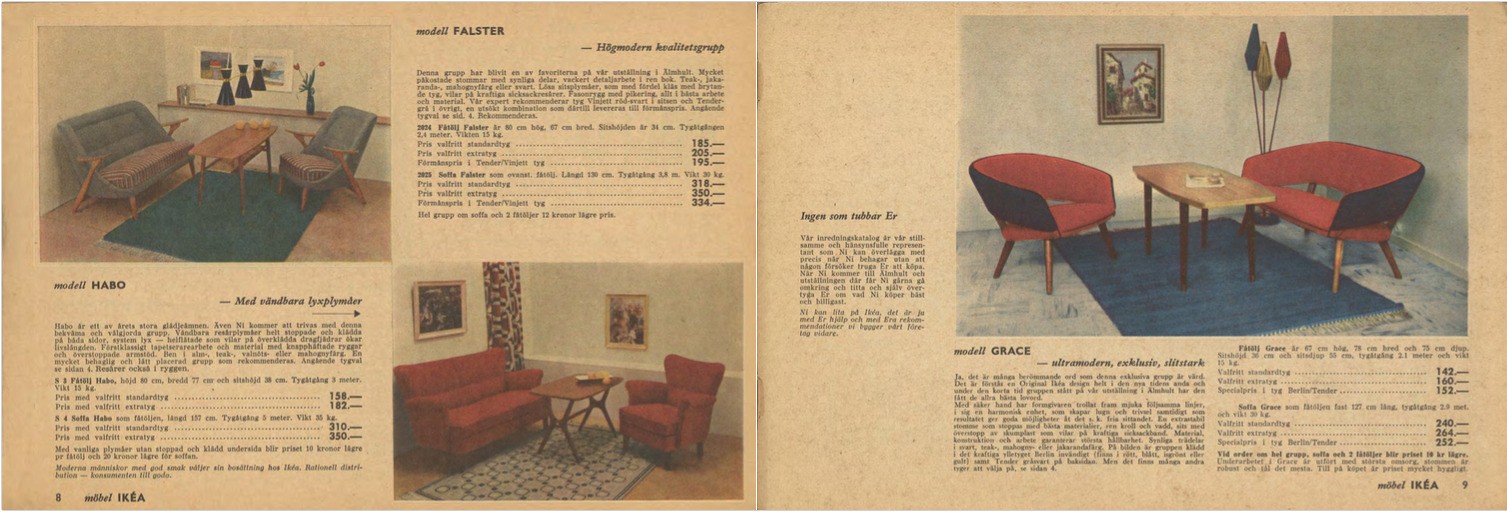
1957 IKEA Catalog. Via IKEA Museum
Storytelling is also woven into every IKEA campaign. Look at IKEA's The Great Indoors TV ad featuring a lion relaxing at home. The ad is about maximizing your space and creating a home that fits you, promoting how IKEA products can improve daily.
3. Interactive Content
There's a rise in the use of interactive content in marketing campaigns because it works. According to a study, interactive content is twice as effective as static content in educating consumers. It also increases the conversion rate and boosts repeat visitors by 77 percent.
Some examples of interactive content are polls and quizzes, infographics, games, videos, and whitepapers. Augmented reality and sonic branding also add dynamic to the brand experience.
Spotify
Spotify has successfully mastered interactive content with its iconic Spotify Wrapped Year-Round. Through ingenious creativity, the app used customer data to summarize what users have been listening to throughout the year. It even assigns your musical personality, making it one of December's most awaited branded events. But increasing interaction can be simple. Data from Statista shows that the most effective marketing tool, as reported by marketers, is interactive email.
4. Use of Social Media and Influencers
With over five billion users worldwide, social media marketing is an easy, affordable, and effective tool to connect with your audience and grow your reach. Social media platforms are also equipped with features that allow you to produce creative business branding ideas that eventually boost your conversion rate.
It's no wonder why it has become an industry of its own. Top brands are on it, and you should be, too!
Today's consumers are less likely to be swayed by traditional advertising. Instead, they would rather hear from people who are authentic in their views and represent them.
Hence, the influencer market is becoming more popular, producing brand collaborations with famous non-celebrity figures on social media. But not all influencers have mega-reach.
Some marketers may argue that micro-influencers or influencers with less than 100,000 follower counts are more effective. This is because they target niche markets and are more likely to interact frequently with their audience.
Let's examine how social media and influencer marketing can turn a business around.
Daniel Wellington
Being a newcomer in a watch industry dominated by big brands brings unique challenges. But, Daniel Wellington successfully penetrated the market using new creative branding strategies.
Recognizing influencers' power early in shaping people's perception of a brand has catapulted Daniel Wellington to success. It partnered with influencers from different communities and industries, such as fashion designers, artists, travel vloggers, etc., to promote their brand by posting UGC with #DWpickoftheday.
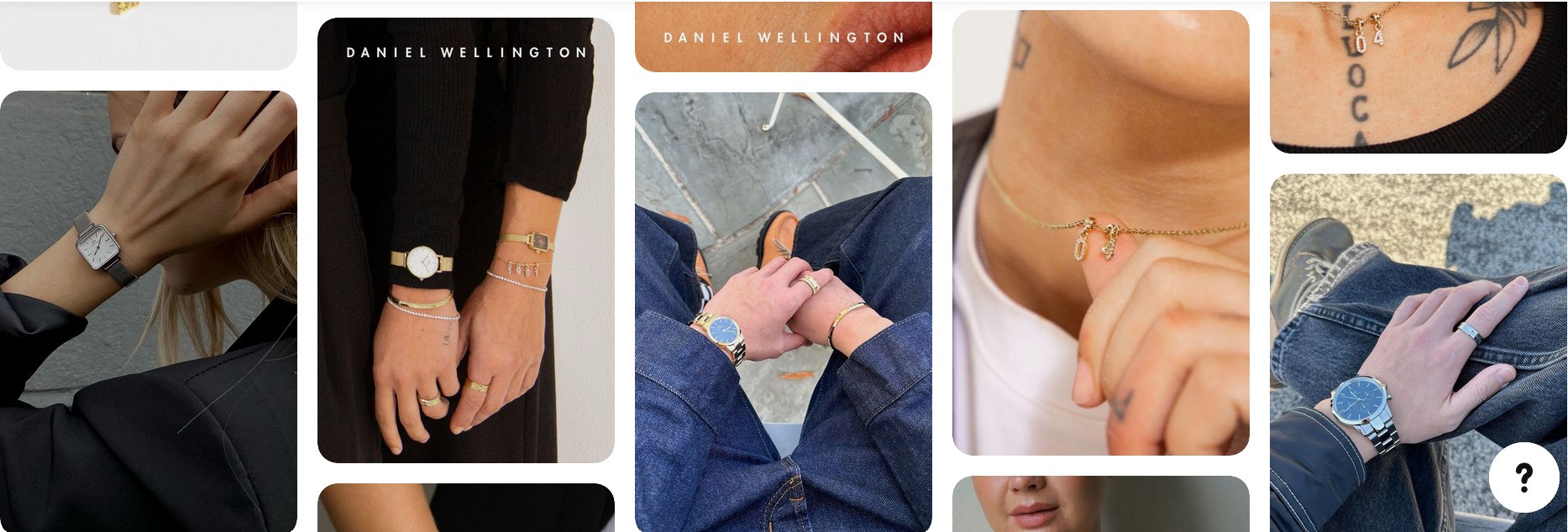
Daniel Wellington tapped the power of influencers to attain brand success. Via Pinterest
The brand ensured the representation of its diverse audience on social media platforms like Instagram and Pinterest. Soon, the brand gained recognition worldwide and sold one million watches three years after its campaign launch.
5. Sustainable and Ethical Branding
Today's consumers recognize the impact of their choices on our planet. Despite the economic crisis we face, according to a survey by PWC, consumers are willing to spend a 9.7 percent premium on brands that promote sustainability and ethical practices.
It's no wonder why we see a significant shift across industries, from fashion to food and beverage companies. You can do your part in protecting the planet while gaining the support of people, too!
From being conscious of your design process and sourcing materials to production, you can create a more sustainable and ethical brand in many ways. Below are some examples you can consider.
- Use environmentally friendly packaging that consumers can recycle
- Design high-quality products to reduce waste
- Support the local industry and use sustainable materials
- Co-create products with other ethical brands
Pela Case
Most phone cases are made of silicone, plastic, rubber, and polycarbonate. While these materials are durable, they harm our environment. Choosing the sustainable and ethical path, Pela Case created products using biodegradable plastic and other bio-based materials. In short, everything they sell is 100% compostable.
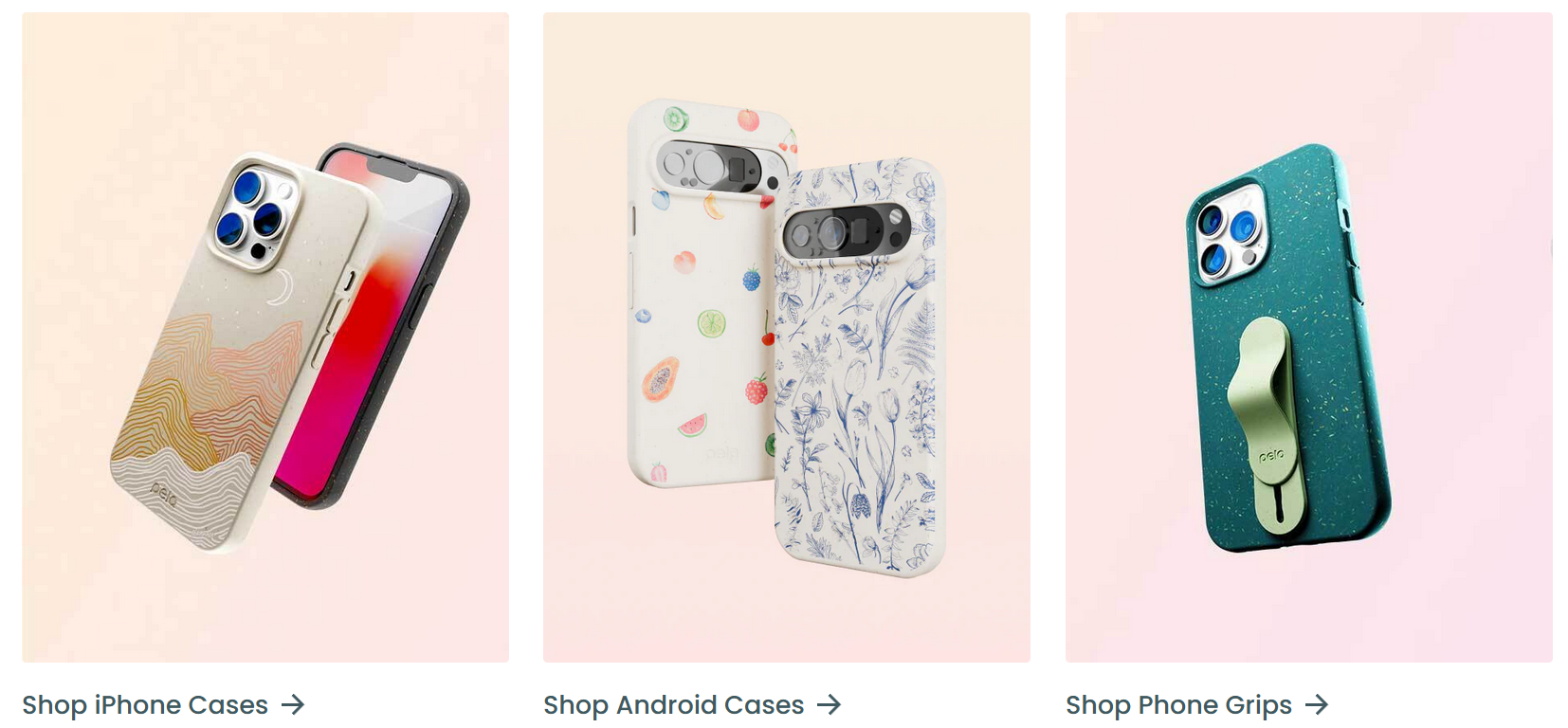
Bio-friendly phone cases designed by Pela Case
Chief Marketing Officer Gareth Everard explains, "We're considering every step of the process, from offsetting carbon emissions of production factories down to deciding between air or ocean shipping."
Colored Organics
Caring for babies often involves buying new clothes every month or so as they grow. This leads to overconsumption, with parents choosing fast-fashion brands because they are inexpensive. Wanting to bring a better option to the market, Colored Organics produces affordable organic baby apparel for children using sustainably sourced materials. They also use natural dye, ensuring everything is safe for your baby and the environment.
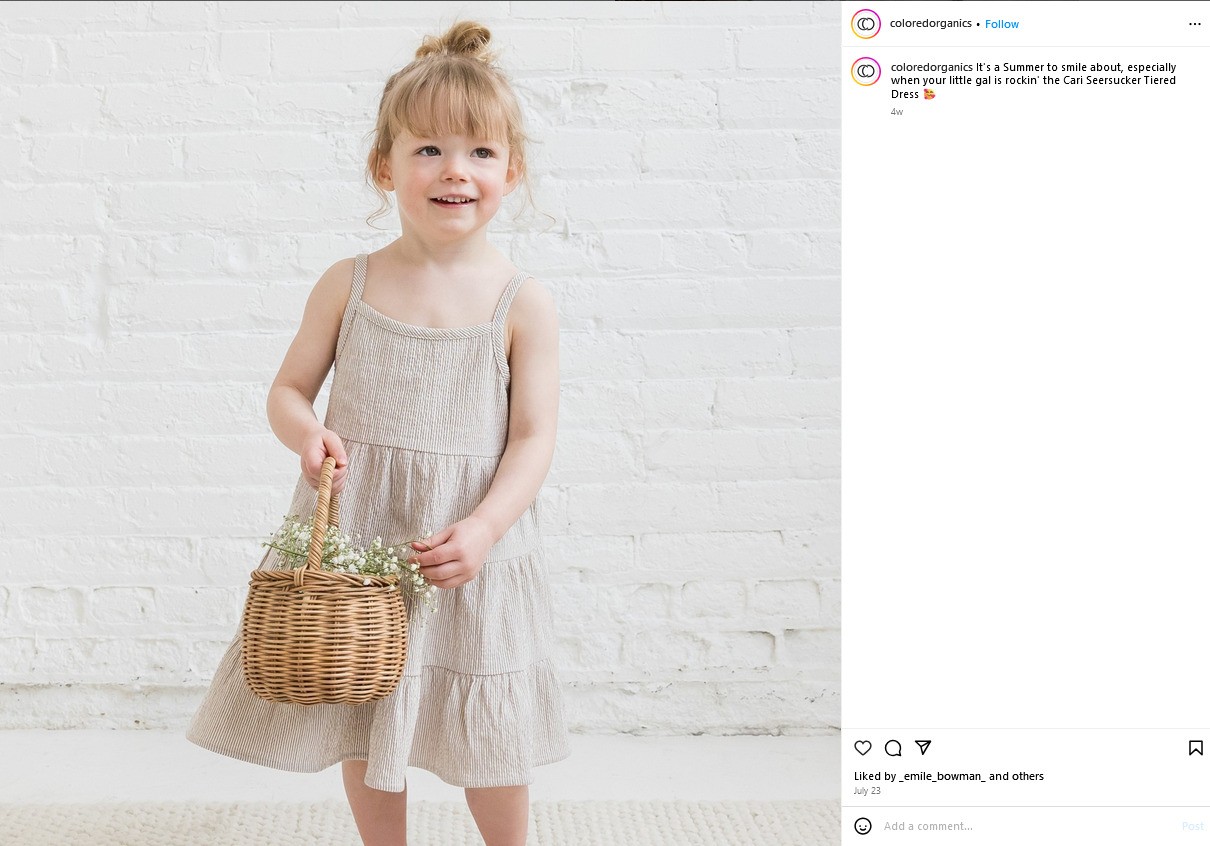
Sustainably sourced cotton clothes for kids via Instagram
Three Steps to Successfully Implement Creative Branding Strategies
Step 1: Conduct Market Research
Your knowledge of your market—consumers and competitors—is the most critical tool to have in your kit. You can personalize a brand they will love by identifying your consumers' wants, needs, and interests. You can also strategize better to shape positive brand perception and deliver optimal impact on their lives.
Mastering your competitors also opens opportunities to explore untapped markets and gain a competitive edge. It includes learning about the industry standards, trends, and strategies that work for your competitors. In effect, you can improve your brand accordingly while optimizing your resources.
Step 2: Collaborate With Your Design Team
The creative team is responsible for ideating and implementing your brand's visual elements, such as logo, typography, color palette, and illustrations. When they adhere to your core values and brand guidelines, they create a memorable, cohesive, and strong brand identity that resonates with your target audience.
That said, it is vital for your design team to understand your brand—mission, values, goals, personality, etc. — to produce content that effectively communicates your brand message. A close collaboration between designers, marketing managers, sales teams, and business owners can be pivotal in ensuring creative strategies align with the overall business objectives.
For seamless collaboration between designers and non-designers, encourage regular feedback from all parties to ensure everyone is on the same page. Feel free to explore unconventional methods during brainstorming sessions and support your designers whenever needed.
Step 3: Test and Measure Results
Creative branding ideas can yield different results.
Test your campaigns before the launch to avoid committing unnecessary mistakes. For instance, ensure your email marketing campaign doesn't bounce and is tailored to different audience segments.
Ask for feedback from your internal team and adjust your branding collaterals as necessary. Finally, experiment until you find the right visual style or approach for your audience.
It is also important to measure results periodically. This keeps you updated on what works and what doesn't, so you save your resources. Aside from measuring your output, keep a pulse on your competitors. By tracking other brands, you can identify markets you can explore before it gets saturated.
Some tools to measure results include website traffic, surveys, Google Trends, Google Analytics, and social media analytics tools. It also pays to have brand management tools to keep track of everything and serve as the central hub for your digital brand assets.
Trends in Creative Branding
Branding can be a massive endeavor with many pitfalls that make it trickier for startups and small businesses. That said, staying on trend and being adaptable to change is vital. Here are some creative branding trends you may want to take advantage of.
Digital-First Branding
Digital-first branding refers to using digital tools and channels in every customer touchpoint. We're talking social media, websites, mobile apps, and wearable devices to engage with customers and cater to their needs. Embodying the "always-on" concept allows brands to interact in real-time with their audiences, collect data, and promptly provide what they need.
A digital-first approach is favored because it is flexible and can reach consumers beyond borders. To maximize its benefits, it's helpful to master your target audience's online behaviors and preferences to create a consumer-centric brand experience.
One of the early adopters of digital-first branding is pizza company Domino's, which launched its Anyware app in 2015. The app allows customers to order their pizza on any device—phone, Apple Carplay, Amazon Alexa, and even an Apple or Android watch—as long as they have the app installed. Customers can also place orders via text, sending the pizza emoji to Domino's number!
Personalization and Customization
You cannot please everyone, but you can certainly try.
A consumer-centric brand values its customers' input, and the information they provide can unlock opportunities. One way to increase engagement in the brand development process is through customization and personalization of your brand offers. This expands a brand's reach, catering to a broader and more varied market.
Take Netflix as an example. Remember how it takes hours for you to choose what to watch? Recognizing this challenge, the brand curates recommendations according to users' viewing habits. It also allows users to create a watch list that they can easily access based on their preferences.
Crocs champions customization, too. Customers can choose colors, charms, and accessories to dazzle their custom clogs. Chief Digital Officer Adam Michaels says, "Our customization program allows teams, schools, and companies alike to design clogs and Jibbitz™ charms that uniquely represent their organization."
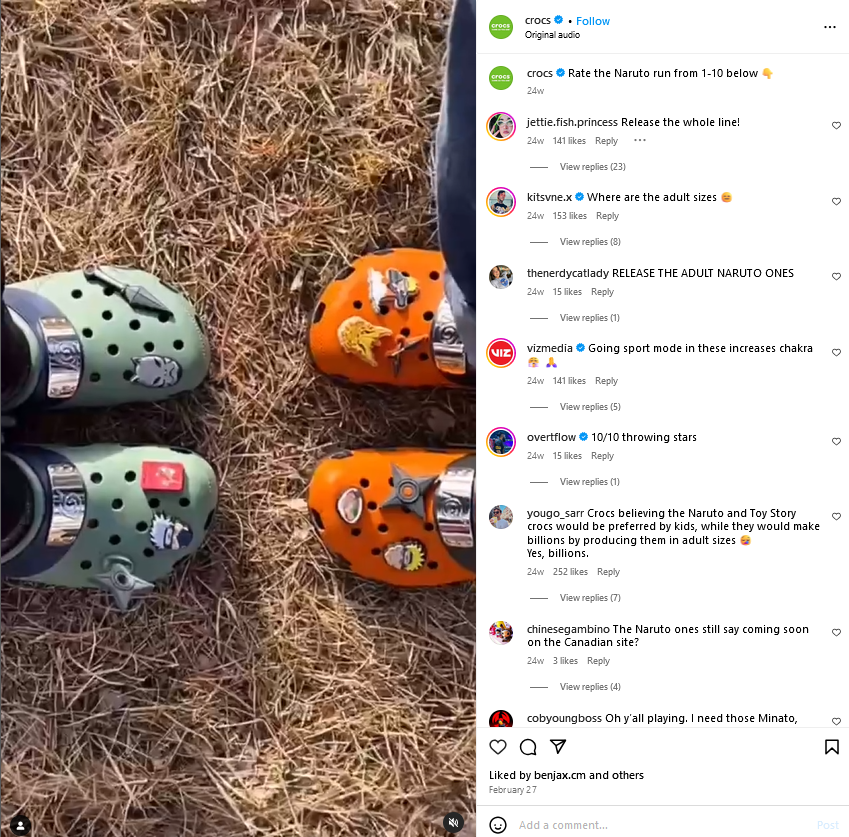
Naruto-themed clogs by Crocs. Via Instagram
Augmented Reality and Virtual Reality
The digital world is a playground full of possibilities, especially with augmented reality (AR) and virtual reality (VR). These technologies provide innovative ways to immerse consumers in a unique experience. Indeed, creative branding can be taken to the next level, resulting in meaningful campaigns.
Cosmetic brand Maybelline New York installed an AR-powered technology for the product launch of its latest mascara product. Dubbed as the world's largest mirror as it spans 4,000 square meters. Through an AR filter, people can see themselves on the screen as they try on the mascara.
The installation turned heads, garnering 3 million views and mentions on social media. Once the campaign was done, the brand turned it into a Valentine's Day interactive mirror where couples can send messages to each other!
Do you have creative branding ideas and strategies you want to explore? Consult with a professional branding design company to personalize an effective campaign for your small business!
Sep 10, 2024
